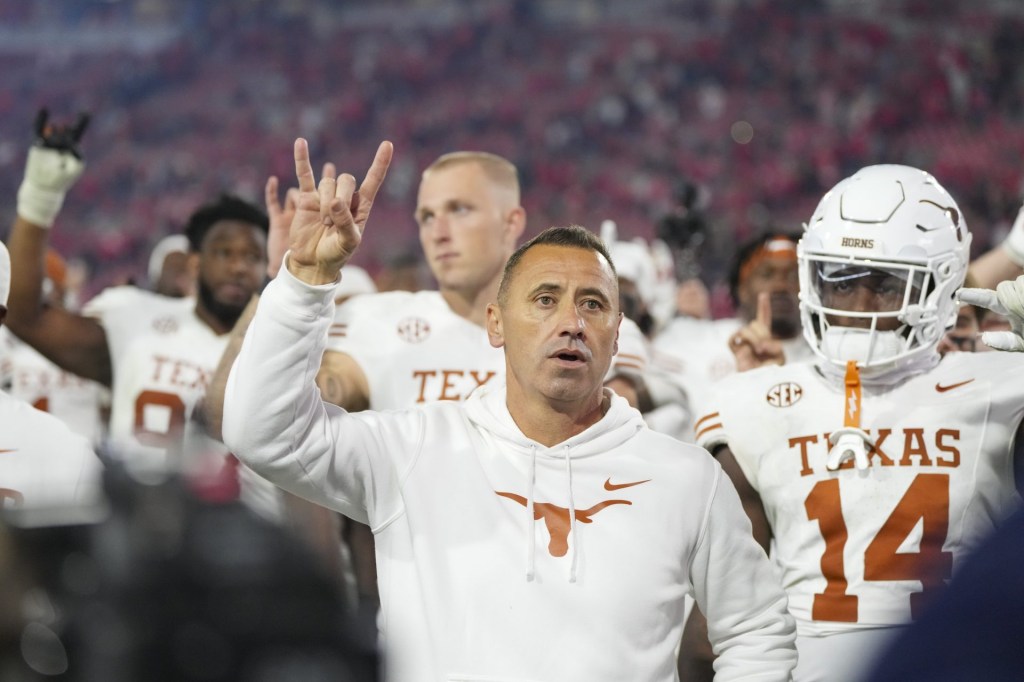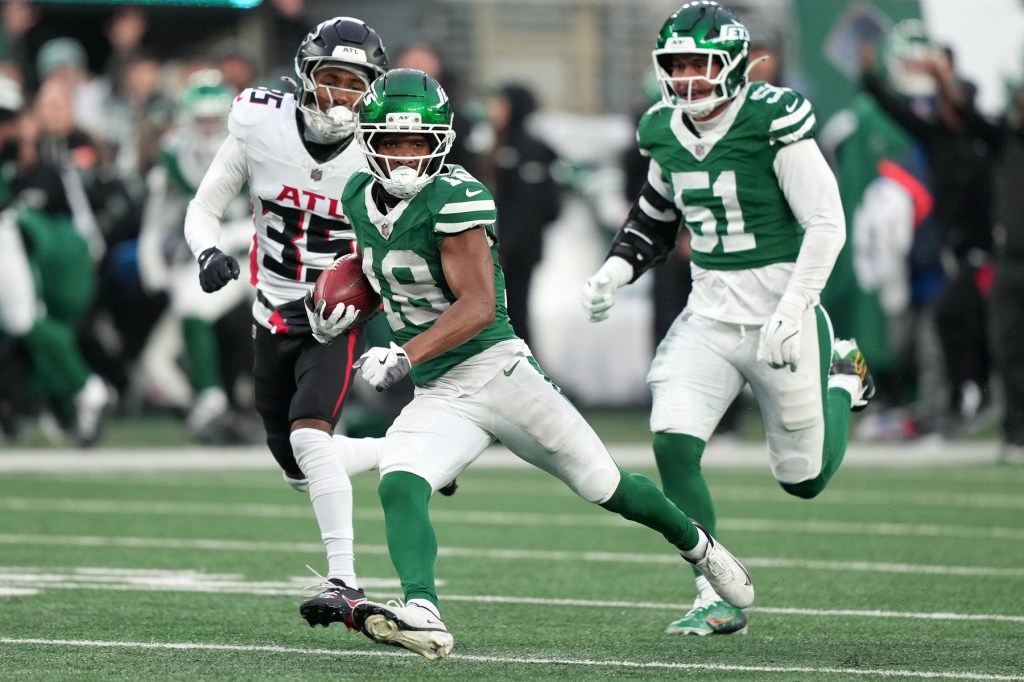The Stetson Hatters men’s basketball team has been preparing for their first NCAA tournament since 1992, when the team began hosting early-tournament rounds to show their team and local community in DeLand, Fla., what it takes to earn a bid to the Big Dance, athletic director Jeff Altier tells Front Office Sports at Barclays Center in Brooklyn on Thursday. “The NCAA tournament has always been our goal.”
But the team wasn’t able to earn a March Madness berth until this year, when they won the ASUN conference championship and secured an automatic-qualifier bid. They’ll face off against defending champion UConn on Friday afternoon.
At a time when power and success are consolidating around the richest teams in college sports—and when some are advocating for even fewer postseason opportunities for mid-majors—the path to a first-time tournament appearance is becoming increasingly difficult. But the Hatters prove, along with Grambling State who won its First Four game Wednesday night, that first-time NCAA men’s bids are still possible. For now.
Stetson is on the lower end of team expenses, having spent only $2.1 million in 2021–22, according to Department of Education data. The financial terms of coach Donnie Jones’s contract are not public, but they certainly don’t rise to the level of power conference coaches: The combined salaries of all head coaches in the Stetson athletic department in ’21–22 was just over $1.5 million. (For reference, the Huskies spent $24 million on their basketball program alone.)
But the Hatters have been able to create a community rallying behind basketball both in person and with their wallets. That started, Altier says, with hiring Jones in 2019. Altier knew he had to get the coaching hire right—and stick with him for the long term—because the school doesn’t have the money to afford buyouts. Jones’s contract currently runs until the ’25 season. “[Power 5 schools] have unlimited resources,” Altier says. “They can wash staff out frequently and not suffer from that, whereas we, as an institution, cannot. We have to find someone who fits who we are.”
The Hatters are spending on some of the same things as their wealthier counterparts, like facilities and name, image, and likeness deals. Alums have created an NIL collective, though most of their bigger deals have gone to baseball players, Altier says. (The school has an impressive baseball team with notable alumni like Corey Kluber and Jacob deGrom.) Donors have contributed $14 million to a renovation project for the on-campus basketball arena, and the school is looking for $6 million more. (Altier, who will become a full-time fundraiser after he retires from the athletic director position in May, will be tasked with convincing the community to cough up those extra millions.)
The Hatters (and Grambling State) were among the 36 eligible Division I programs that had never made the tournament before this year. It took the Hatters 50 years to get in once they earned D-I eligibility. But between the consolidation of college sports around the richest schools and potential future changes to the tournament, it could get even harder for those last 34 to break through in future years.
The NCAA is considering expanding the 68-team field for both the men’s and women’s tournaments—a conversation that has prompted talk about the bid structure. Currently, lower-resourced schools like Stetson get an opportunity every year because each D-I conference is guaranteed at least one bid: their conference champion or automatic qualifier. But some have asked whether mid- and low-majors deserve the number of spots they currently receive.
SEC commissioner Greg Sankey, for example, appeared to advocate for lowering the number of bids for smaller schools when he told ESPN: “We are giving away highly competitive opportunities for automatic qualifiers [from smaller leagues], and I think that pressure is going to rise as we have more competitive basketball leagues at the top end because of expansion.” (Ironically, Sankey’s SEC isn’t faring so well. The Cinderella of the tournament so far: Horizon League champion Oakland University, who upset blueblood Kentucky on Thursday night.)
Altier brought the idea up unprompted. “I think that’s the absolute worst decision that the NCAA could ever make,” he says. He believes the true national appeal of March Madness comes not from the perennial powerhouses with 50,000 students, but rather from the opportunity from all schools, large and small, to participate. He only supports the concept of expanding the NCAA tournament if mid- and low-majors are awarded more bids, not less. (The College Football Playoff, which suffers from much less parity than men’s basketball, appears to agree: Despite the pressures of the super conferences, the 12-team playoff model will guarantee at least one Group of 5 makes the postseason for the first time.)
As a No. 16 seed against the overall top pick in the tournament, they’re obviously not expected to win. Even so, hundreds of fans showed up to see the team off Wednesday afternoon—so many that the buses were delayed in getting to the airport. School administrators, donned in the Stetson cowboy hat, applauded at the end of their team’s press conferences. On Thursday night in New York, the team is hosting an alumni event—a group that could eventually contribute to the school monetarily if it hasn’t already.
Altier joked that he planned to stay in New York until the team advanced to the regionals. “We always find a way to knock off the jolly green giants,” he says. “That’s athletics.”

















